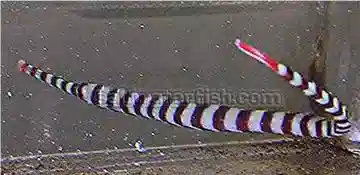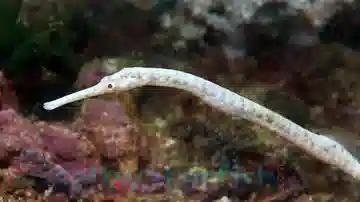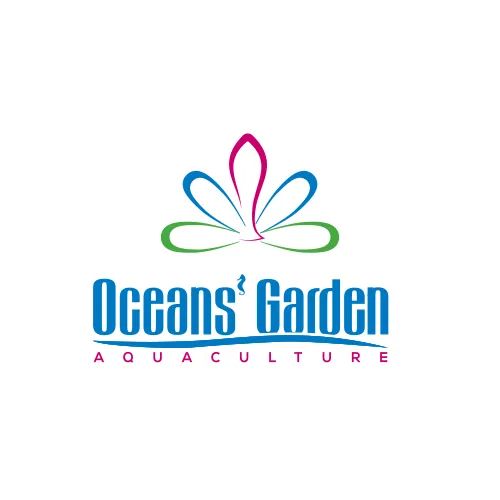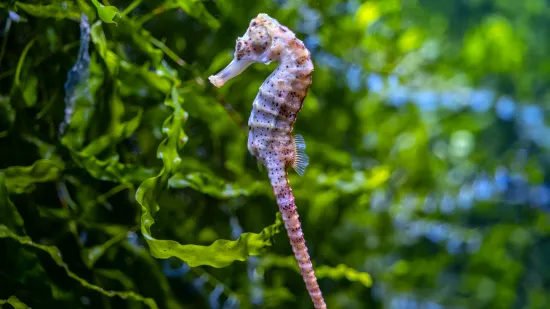Erectus Seahorse - Captive Bred
Hippocampus erectus
(0 Reviews)

Erectus Seahorse - Captive Bred
Hippocampus erectus
(0 Reviews)
{{ item.name }}
Size: {{ item.extra_field_3 }}
${{ getFormattedPrice(item.saleprice) }} ${{ getFormattedPrice(item.price) }}
To join the waiting list, click here
Free Shipping
With
$199.00
or more in Marine Life.
More details...
Erectus Seahorse - Captive Bred Care Facts
| Care Level: | Moderate |
|---|---|
| Temperament: | Peaceful |
| Diet: | Carnivore ( eating frozen mysis) |
| Origin: | Captive Bred |
| Minimum Tank Size: | 30 Gallons |
| Acclimation Time: | 2+ hours |
| Reef Safe: | Yes |
| Coral Safe: | Yes |
| Invertebrate Safe: | Yes |
| Lighting: | ~ |
Captive Bred Erectus Seahorse
The Captive Bred Erectus Seahorse, also known as the Lined Seahorse or Northern Seahorse, offers a captivating addition to saltwater aquariums. These hardy seahorses, typically 6-8 inches in size, thrive in habitats resembling shallow coastal waters, such as seagrass beds and mangroves. Reef-safe and adaptable, they prefer diets of live or frozen mysis shrimp and copepods. Tank companions should be chosen carefully to accommodate their feeding habits and peaceful temperament. A minimum tank size of 40 gallons with stable water conditions is recommended for optimal care. Trusted sources like Saltwaterfish.com provide sustainable options for acquiring healthy Captive Bred Erectus Seahorses, ensuring a rewarding experience for enthusiasts.
Habitat
Indigenous to the Western Atlantic's coastal waters, Captive Bred Erectus Seahorses thrive in habitats with live rock and artificial structures for anchorage, mirroring their natural environment in seagrass, mangroves, and reefs.
Reef Safety
These seahorses are compatible with reef aquariums, preferring stable, minimally disrupted environments, thus requiring careful integration.
Size & LIfespan
Reaching 6-8 inches, Captive Bred Erectus Seahorses can live for 3 to 5 years in captivity under optimal conditions, offering a long-term aquarium commitment.
Diet In Captivity
They need regular feedings of live or frozen mysis shrimp, enriched brine shrimp, and copepods to meet their unique nutritional needs.
Aquaculture Availability
Available through aquaculture, these seahorses are a sustainable option for aquarium enthusiasts, promoting healthier specimens and conservation.
Compatibility With Other Fish
Due to their peaceful nature and specialized feeding needs, selecting non-aggressive tank mates for these seahorses is crucial for a harmonious aquarium.
Sexual Dimorphism
Identifying gender in these seahorses can be tricky, with courtship behaviors often providing the necessary insights.
Juvenile To Adult Color Changes
As they mature, the coloration of these seahorses transitions from bright juvenile hues to subtler adult shades, blending with their environment.
Mating Behavior
Their courtship involves synchronized swimming and color changes, culminating in the transfer of eggs to the male for fertilization.
Temperament
With their calm and slow-moving demeanor, these seahorses add a tranquil presence to peaceful community aquariums.
Ideal Tank Conditions
A minimum 40-gallon tank with stable water conditions, gentle flow, and specific parameters is essential for their well-being.
Other Names
Known alternatively as Lined or Northern Seahorses, identifying them is straightforward.
Top 5 Tank Mates
Selections include the Banggai Cardinalfish, Firefish Goby, Tailspot Blenny, Cleaner Shrimp, and Emerald Crab, all of which complement the seahorse’s peaceful environment.
- Banggai Cardinalfish (Pterapogon kauderni): Peaceful and adds diversity to the tank.
- Firefish Goby (Nemateleotris magnifica): Compatible due to its non-aggressive nature.
- Tailspot Blenny (Ecsenius stigmatura): Small and well-suited for reef environments.
- Cleaner Shrimp (Lysmata amboinensis): Helps maintain tank cleanliness.
- Emerald Crab (Mithraculus sculptus): A small and interesting addition to the tan
Reviewed by: Terrence Mcgovern on March 18, 2024
Reviewed by: Mike Paulsen on Feb. 19, 2024
Very healthy little seahorses that we’re eating as soon as I fed them.
Reviewed by: Sean Boyer on Jan. 31, 2024
Reviewed by: Lynn Adams on Jan. 30, 2024
The 3 arrived in perfect condition, beautiful adequately large specimens in yellow and silver coloration. eating frozen mysis well right from the outset, and fit right in with the rest of the herd. this is the hardiest of all the seahorse species, and at the sale price were a bargain i hope to breed these.
Reviewed by: Gary Henkel on Oct. 3, 2017
I purchased two and they are very happy and healthy and eating very well.
Reviewed by: Rogueknight on Sept. 20, 2017















